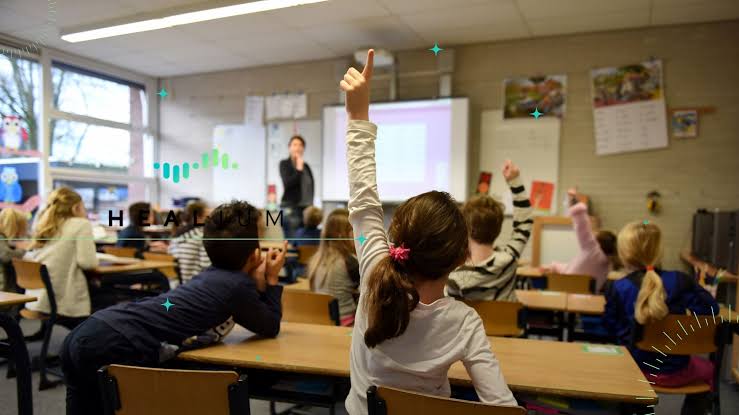
High school is a pivotal period in the lives of American teenagers, marking a transition from childhood to adulthood. In this article, we’ll delve into the intricacies of the American high school experience, covering its structure, social dynamics, challenges, and the pathways it provides for future endeavours.
Introduction to American High School Years
The American high school system typically encompasses four years of education for students aged approximately 14 to 18. These formative years play a crucial role in shaping individuals’ academic abilities, social skills, and personal growth.
Structure of the American High School System
Division into Grades
American high schools are generally divided into four grades: freshman, sophomore, junior, and senior years. Each grade level signifies a year of progression towards graduation.
Core Curriculum
The core curriculum in American high schools typically includes subjects like English, mathematics, science, and history. These courses provide students with a foundational knowledge base necessary for future academic pursuits.
Elective Courses
In addition to core subjects, students have the opportunity to choose elective courses based on their interests and career aspirations. These can range from foreign languages and arts to vocational training programs.
Importance of Extracurricular Activities
Extracurricular activities play a significant role in the holistic development of high school students.
Clubs and Organizations
High schools offer a myriad of clubs and organizations catering to diverse interests, such as debate, music, and community service. These extracurricular pursuits foster camaraderie and allow students to explore their passions outside the classroom.
Community Service
Engagement in community service initiatives instills a sense of civic responsibility and empathy in students, encouraging them to make positive contributions to society.
Social Dynamics in American High Schools
Navigating social dynamics can be both rewarding and challenging for high school students.
Cliques and Social Groups
High schools often witness the formation of cliques or social groups based on shared interests, backgrounds, or affiliations. While these groups provide a sense of belonging, they can also lead to exclusivity and peer pressure.
Peer Pressure
Peer pressure is a common phenomenon in high school settings, influencing students’ behavior, appearance, and decision-making processes. It’s essential for adolescents to develop resilience and assertiveness in resisting negative peer influences.
Diversity and Inclusion
American high schools are melting pots of diversity, comprising students from various cultural, ethnic, and socioeconomic backgrounds. Fostering an inclusive environment promotes mutual respect and appreciation for differences.
Challenges Faced by High School Students
High school presents its fair share of challenges, ranging from academic pressures to social dilemmas.
Academic Pressure
The pursuit of academic excellence can sometimes lead to stress and anxiety among students, particularly in competitive environments where success is equated with grades and test scores.
Peer Relationships
Forming and maintaining healthy peer relationships can be challenging for adolescents grappling with issues like peer acceptance, popularity, and social comparison.
Mental Health Issues
The prevalence of mental health issues such as depression, anxiety, and eating disorders underscores the need for comprehensive support systems within high schools.
Support Systems in American High Schools
High schools offer various support systems to assist students in overcoming challenges and reaching their full potential.
Guidance Counselors
Guidance counselors play a crucial role in providing academic and emotional support to students, offering counseling services and guidance in academic planning and career exploration.
Special Education Programs
For students with special needs or learning differences, special education programs offer tailored instruction and accommodations to facilitate their academic progress and social integration.
Parental Involvement
Parental involvement is instrumental in supporting students’ educational journey, from monitoring academic progress to providing emotional support and guidance at home.
Preparation for Higher Education
American high schools serve as springboards for higher education, preparing students for the rigours of college academics and admissions processes.
College Admissions Process
Navigating the college admissions process involves researching colleges, preparing application materials, and sometimes taking standardized tests like the SAT or ACT.
Standardised Testing
Standardised tests play a significant role in college admissions, serving as objective measures of students’ academic proficiency and potential.
Advanced Placement (AP) Courses
Advanced Placement courses offer students the opportunity to engage in college-level coursework and potentially earn college credit while still in high school, enhancing their academic transcript and college readiness.
Conclusion
The American high school experience encompasses a rich tapestry of academic pursuits, extracurricular activities, social interactions, and personal growth opportunities. By navigating these years with resilience, determination, and support, students can emerge prepared for the challenges and opportunities that lie ahead.





